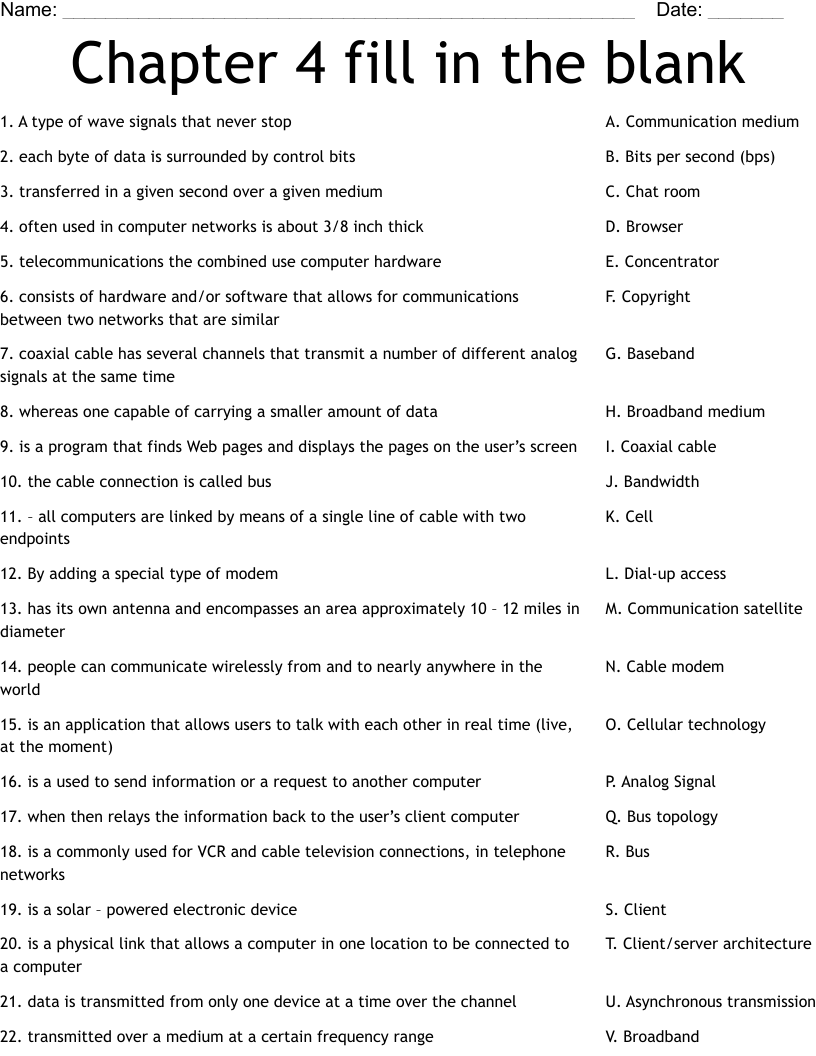Fill in the blank answers are a popular tool used in education to test a student’s knowledge and understanding of a subject. This type of assessment requires the student to fill in missing words or phrases in a sentence or paragraph, which can help reinforce learning and improve retention.
By providing students with a chance to actively recall information rather than simply recognizing it, fill in the blank answers can be a valuable way to assess comprehension and promote critical thinking skills.
Benefits of Fill in the Blank Answers
One of the main benefits of fill in the blank answers is that they can help students engage with the material in a more meaningful way. Rather than passively reading or listening to information, students must actively recall and apply what they have learned.
In addition, fill in the blank answers can be a more effective way to test a student’s understanding of material compared to multiple-choice questions. With fill in the blank answers, students are required to generate their own responses rather than selecting from a list of choices, which can lead to a deeper level of learning.
Another advantage of fill in the blank answers is that they can be tailored to specific learning objectives or topics. Educators can create fill in the blank exercises that target key concepts or vocabulary, making it easier to assess student progress and identify areas that may require additional reinforcement.
Overall, fill in the blank answers can be a valuable tool for both educators and students alike. By encouraging active recall and critical thinking, fill in the blank exercises can help reinforce learning, improve retention, and enhance overall understanding of a subject.
In conclusion, fill in the blank answers are an effective tool for assessing student comprehension and promoting active learning. By requiring students to actively recall information and apply their knowledge, fill in the blank exercises can help reinforce learning and improve retention. Educators can use fill in the blank answers to create targeted assessments that address specific learning objectives, making it easier to gauge student progress and provide meaningful feedback.
